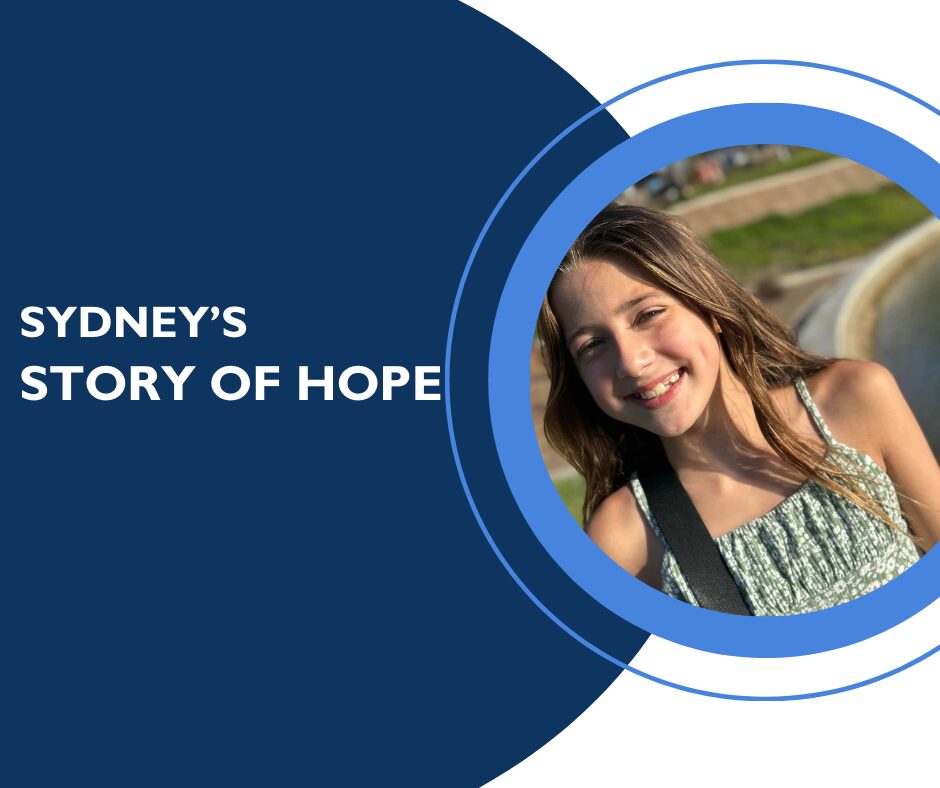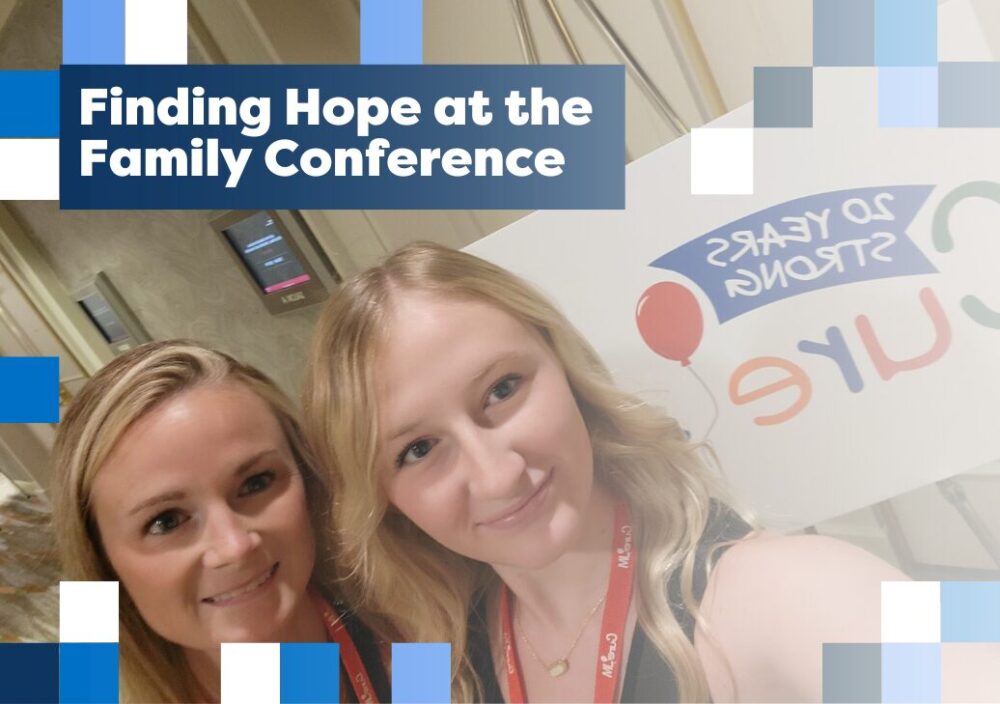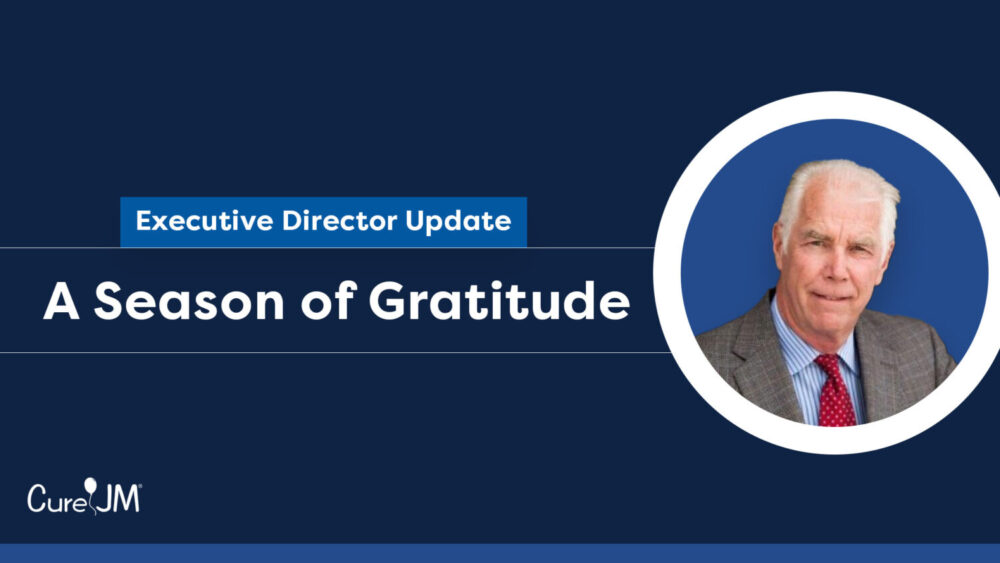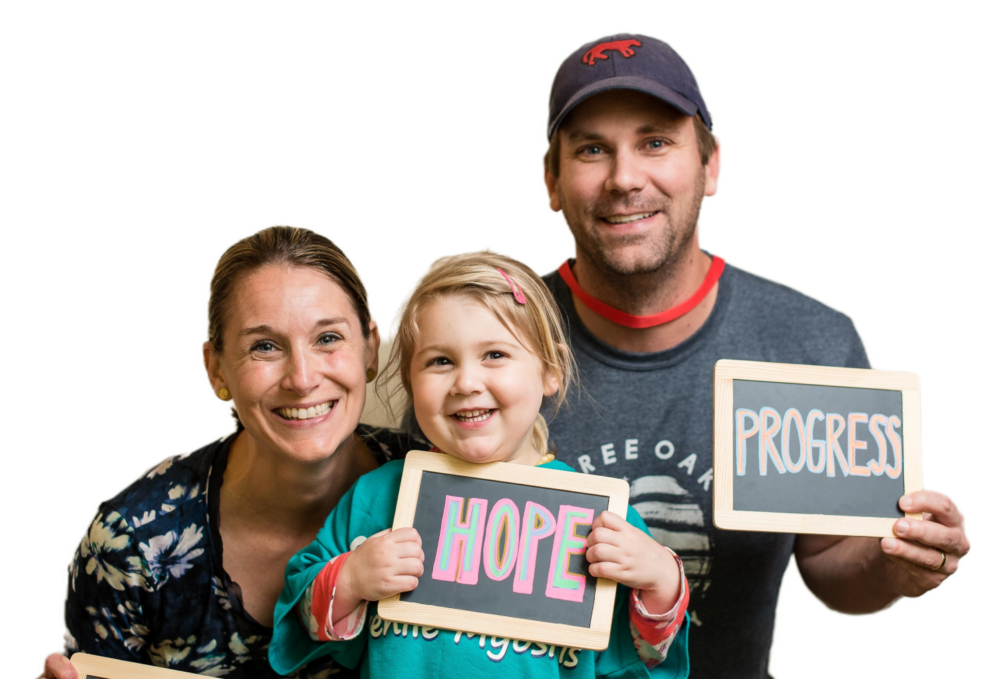Spring break should be about fun and relaxation. Sandi and her husband Zack expected their trip to Mexico would be the same. Of course, taking their two young toddlers with them wouldn’t guarantee much relaxation, but they were counting on the fact it’d be fun for the family. From the very beginning of the trip, however, something was not right.
“Let’s just say we learned a two-year-old can create quite a scene on an airplane, and that it’s never a good idea for an immigration agent to red flag a two-year-old during a customs check, but that’s a whole other story.”
This story is not about international travel. It’s about JM. The trip to Mexico was great once they got there, and it stayed a positive trip overall. But a problem arose. Their daughter Sydney kept refusing to walk. She needed to be carried everywhere. She did not complain of pain—only that her legs were tired. Their big resort meant a lot of walking, so Sandi assumed this was a battle Sydney’s toddler behavior had chosen to fight. But when they returned home, the issue only continued. The following weeks Sydney insisted she be carried.
“She didn’t want to play, run or jump like she normally would.”
Gymnastics used to be her favorite activity, but she participated less and less. They tried soccer, but anytime she was on the field she would only stand. This wasn’t like Sydney. She was an active girl. Sandi and Zack took her to the pediatrician only to be told it was growing pains. They were given instructions to resist Syndey’s desire to be carried and keep her accountable to walking. But a few more weeks passed, and she was even worse. Sydney could barely go upstairs anymore. She’d use her arms to pull herself up because her legs were too weak. But even on the ground there was difficulty. When she would sit playing on the floor, she would fall over.
“Getting off the ground was a major struggle for her and painful as parents to watch. We often would jump in to help her up. The days of her running, jumping, and riding her bike came to an end. We knew in our hearts this was something far more than growing pains.”
They returned to the pediatrician, who now ordered blood and urine tests. But this round of testing wasn’t the revelatory catalyst for Sydney’s diagnosis; her results came back normal. They went to an orthopedic specialist, who ordered x-rays which again returned normal. This doctor didn’t stop at the tests, however. His eyes could tell something serious was wrong. He assessed her symptoms and watched her poor mobility.
“The look on his face is something we will never forget. He immediately left the room to make some phone calls.”
When he returned, he informed Sandi and Zack of their next step. He had scheduled them an appointment at the nearby children’s hosptial with a neurologist. Many times, scheduling these appointments can take months. But with this doctor’s concern, they’d only have to wait three days. Three days later, the neurologist was concerned too. She admitted Sydney right away so they could run diagnostics. They’d get to the bottom of her weakness. Whether it was muscular dystrophy, MS, or even cancer, they’d find out why she was sick.
“There is nothing more heartbreaking than seeing your own child so scared and having to endure several tests and procedures. There was a lot of kicking, screaming and tears that week.”
But the four-day struggle was not in vain. The last test was a biopsy. This was the key. In their hosptial room that night, the neurology team gave them the diagnosis: juvenile dermatomyositis. What was juvenile dermatomyositis? Sandi and Zack quickly went from never hearing of the disease to seeing firsthand the rare autoimmune disorder and its current treatments.
“The scariest part is that there is no cure. This condition fortunately has some effective treatments to put it into remission, but those come with nasty side effects, and even then the disease can flare and come back at any time.”
Sydney is still young, but she’s already battled three flares. Their gameplan for stopping each flare in its tracks is the treatment of intense steroids, physical therapy, and IVIG infusions. Their children’s hospital has become a regular home court for getting Sydney’s JM into remission.
Sandi maintains a grateful perspective about her daughter’s health despite the journey: “We are extremely blessed and grateful that Sydney has responded so well to her treatment each time.”
There are unknowns in the JM process. It’s frightening. Some cases are much more adverse than others, and sometimes there are long-term or life-altering harms. That’s why Sandi and Zack are committed to supporting their daughter’s future tangibly through Cure JM.
“We hope by sharing our story and supporting Cure JM’s mission that we can raise awareness and funding for this disorder that will lead to faster diagnosis, better treatment options, and ultimately a cure.”
They are thankful to have a home in the Cure JM community. They’re surrounded by families who understand the trials and the victories. Sandi and Zack currently participate by serving as co-presidents of the foundation’s chapter in Ohio. Zack also serves on the Board of Directors. Together, their family is committed to accelerating the treatment research. They have hope a cure is coming. But that’s not their only hope. Hope has already met them in the face of their daughter. Sydney’s health has been complicated, but her spirit and resiliency is a beacon of light. Her story of hope grows brighter each day.




